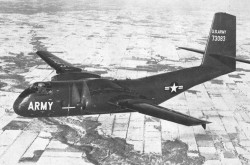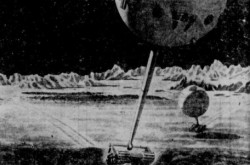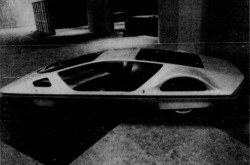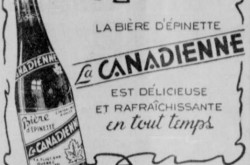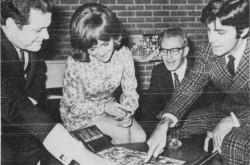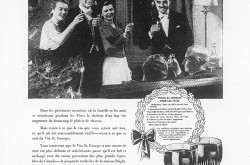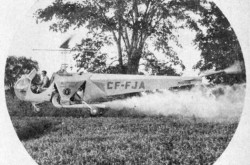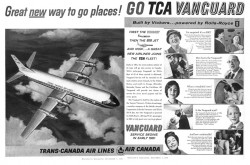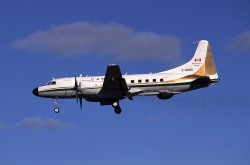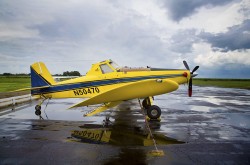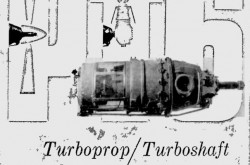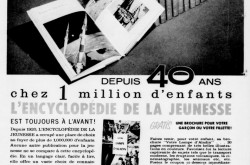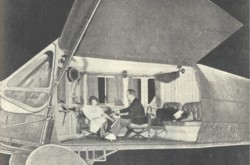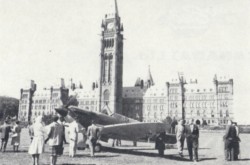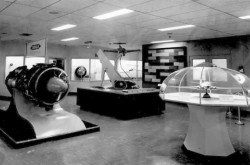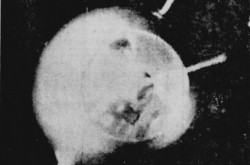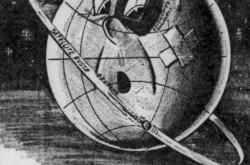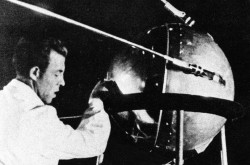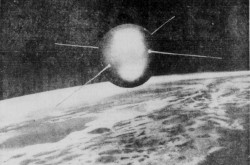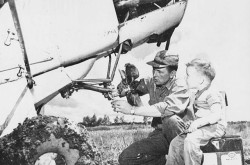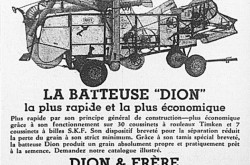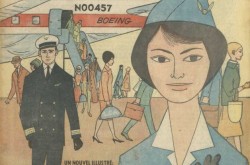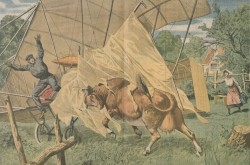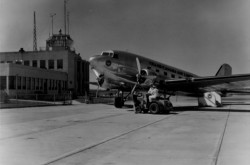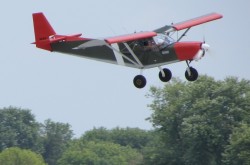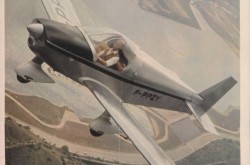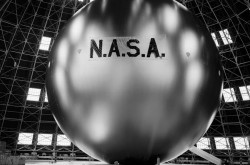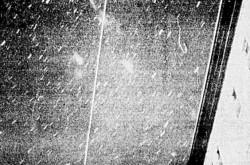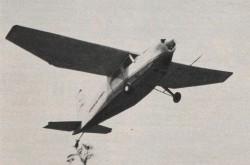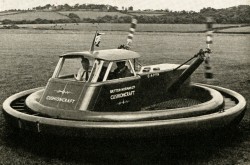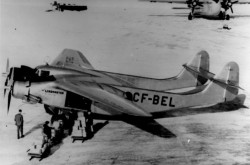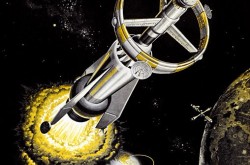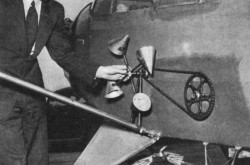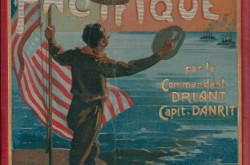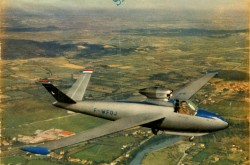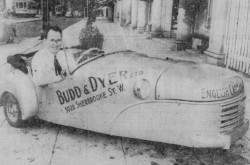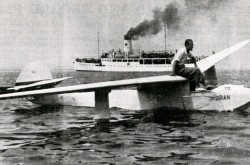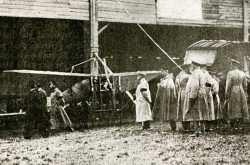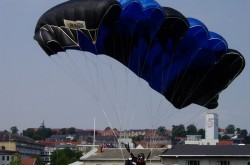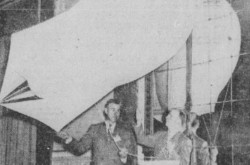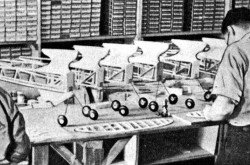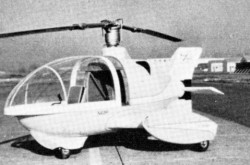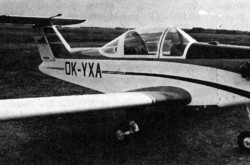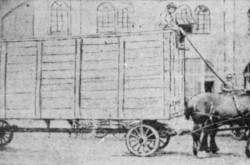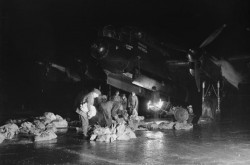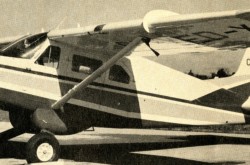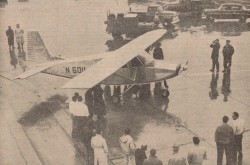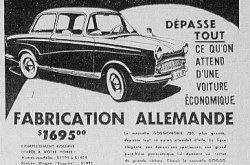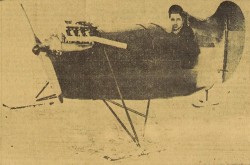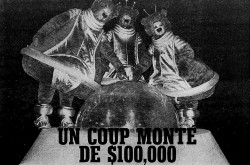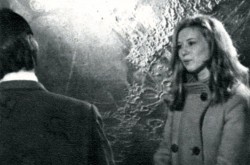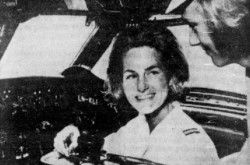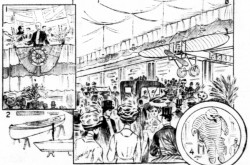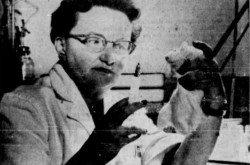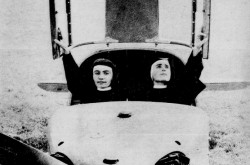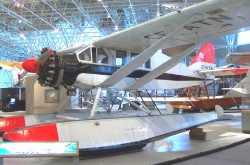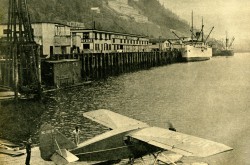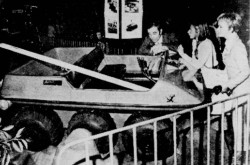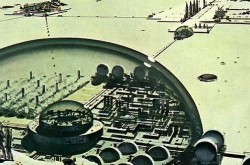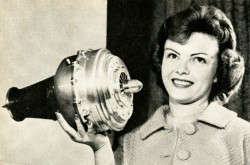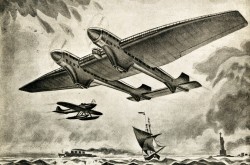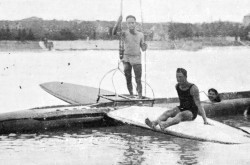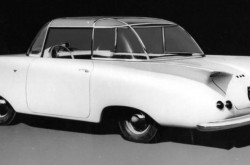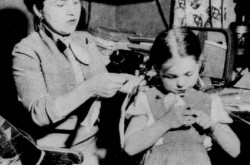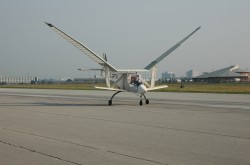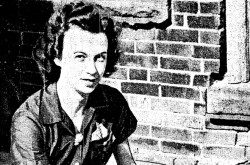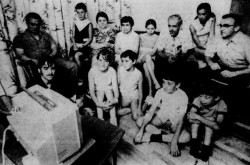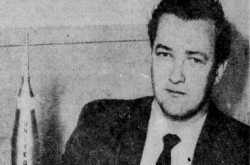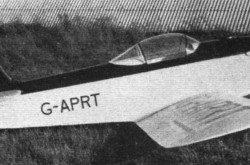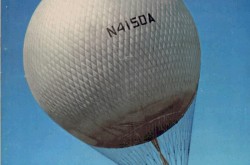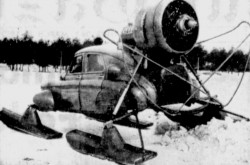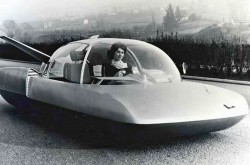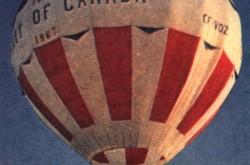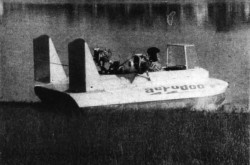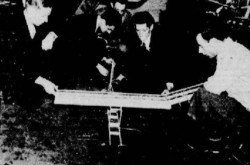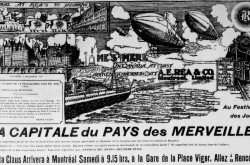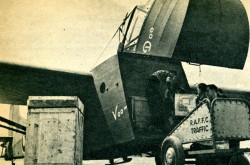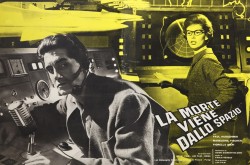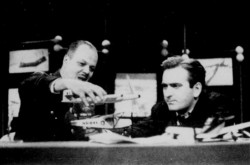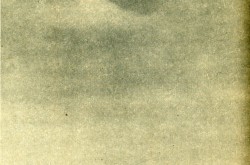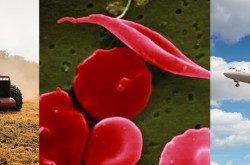You’re good, doggy, but as long as the rodent’s around, you’ll always be second best, see: The brief yet long story of the Fairchild F-11 Husky bushplane

Greetings, my reading friend. Yours truly would like that you share with me, virtually of course, the large 75-candle birthday cake which commemorates the 75th anniversary of the first flight of the Fairchild F-11 Husky bushplane, in June 1946. And yes, you have… unmasked me. I like anniversaries, and…
My subtle allusion to an unmasking does not ring a bell, now does it? Have you not seen and liked the movie The Mask, released in theatres in 1994? Sigh.
Fairchild Aircraft Limited of Longueuil, Québec, a firm mentioned in a May 2019 issue of our blog / bulletin / thingee, was one of the most important Canadian aircraft manufacturers of the interwar period. Its excellent Model 71 and 82 bushplanes, derived from the equally excellent American Fairchild FC-2 utility aircraft, were used by Canadian bush flying firms and / or the Royal Canadian Air Force (RCAF). And yes, you are correct, my reading friend, the fantabulastic collection of the Canada Aviation and Space Museum in Ottawa, Ontario, does include a Model 82.
During the Second World War, Fairchild Aircraft contributed to the Canadian war effort by manufacturing British-designed Bristol Bolingbroke coastal surveillance and advanced training aircraft for the RCAF, as well as American-designed Curtiss SB2C / SBF Helldiver dive bombers, destined for the United States Navy.
The Québec aircraft manufacturer delivered its last Helldiver in June 1945, a month after the unconditional surrender of National Socialist Germany. Important subcontracts were also canceled when Japan surrendered unconditionally in August. The production tooling of the Model 82 having been scrapped during the conflict, accidentally it seemed, Fairchild Aircraft had to think of something else to ensure its survival – and fast.
Management created a subsidiary, Fairchild Industries Limited, to take advantage of the housing shortage in Canada and the general public’s interest in prefabricated houses. Inspired by American models, the Faircraft, an inexpensive permanent home, was one of the first prefabricated houses produced in Canada after the Second World War. Fairchild Aircraft embarked on this adventure in May 1945, after being encouraged to do so by a federal agency, the National Housing Act Administration.
With a total area of approximately 70 square meters (750 square feet), the Faircraft comprised 4 rooms, including 2 bedrooms. It was delivered, by truck for example, with all the necessary plumbing and electrical wiring. The Faircraft cost around $ 3,300, which works out to around $ 46 750 in 2021 currency – a real bargain. Monthly payments could be as low as $ 20 per month (around $ 285 in 2021 currency).
Some Faircrafts were delivered to Québec (Montréal), Ontario (Peterborough and Toronto) and Manitoba (Winnipeg) even before the end of the winter of 1945-46.
Before I forget, Fairchild Aircraft was not the only Canadian firm related to the aircraft industry which was interested in the real estate market. A manufacturer of de Havilland Mosquito combat aircraft fuselages, Cockshutt Molded Aircraft Limited of Brantford, Ontario, a subsidiary of Cockshutt Plow Company Limited, a major agricultural equipment manufacturer located in Brantford, worked on a prototype in 1945.
Canadian Wooden Aircraft, a wood furniture maker from Stratford, Ontario, whose chief designer was a brilliant Polish aeronautical engineer Waclaw Czerwinski, who had worked during the Second World War for de Havilland Aircraft of Canada Limited (DHC) of Downsview, Ontario, a well-known aircraft manufacturer mentioned several times in our blog / bulletin / thingee, and this since February 2018, did the same. And yes, Czerwinski was also mentioned in that same issue of our yadda yadda. Canadian Wooden Aircraft, on the other hand, was mentioned in a March 2021 issue. Small world, is it not?
This being said (typed?), the prefabricated houses of Cockshutt Moulded Aircraft and Canadian Wooden Aircraft did not seem to go beyond the prototype stage, but I digress.
Engineers at Fairchild Aircraft also reviewed the results of a survey to determine the needs of bush flying firms. The aircraft they designed, the F-11 Husky, was Canada’s first all-metal bushplane – except for a little bit of fabric on the wings. It included many innovations, including a door under the aft fuselage capable of accommodating a large canoe. A prototype flew in June 1946.
Fairchild Aircraft hoped to secure an order from the Ontario Provincial Air Service. At the time, the Ontario government’s air service wanted to modernise its forestry surveillance and protection fleet, which was beginning to show signs of age.
In its quest for new aircraft, said air service could count on strong support from Frank Archibald MacDougall, the deputy minister at the Ministry of Lands and Forests and a major proponent of aviation. MacDougall agreed to order at least 25 examples of the chosen aircraft.
Another well-known Canadian aircraft manufacturer also hoped to land this important contract. Its aircraft, the DHC-2 Beaver, not having flown, DHC’s management feared that OPAS would choose the Husky. MacDougall reassured it. OPAS would not make its choice until it had tested both aircraft.
The Beaver prototype made its first flight in August 1947. The pilots of the Ontario government air service considered it superior to the Husky, an aircraft more spacious than the Beaver (9 seats vs. 7 seats) which they liked but considered underpowered. It was not long before DHC signed the first in a series of contracts with OPAS, which gradually became Beaver’s largest civilian operator, with 45 or so aircraft.
Canadian bush pilots equally appreciated the robustness and performance of the Beaver. Over the months, the Ontario aircraft manufacturer received a few small, yes, small orders.
During the 1940s, sales of Beaver were indeed limited by the fact that many Noorduyn Norseman bushplanes from the RCAF and United States Army Air Forces entered the civilian market after the Second World War. These second hand aircraft cost less to buy than a brand new Beaver, or Husky.
I see your hand waving in the ether, my reading friend. What is the matter with you? Did I forget to mention that the Beaver prototype was in the Canada Aviation and Space Museum? By Jove, you are right! Thank you, I almost forgot to say (type?) that.
Fairchild Aircraft ultimately only delivered 11 production Huskys in 1947-48, for a grand total of 12 aircraft produced between 1946 and 1948.
Interestingly, the aircraft delivered to the government of Saskatchewan’s Air Ambulance Service may have been fitted with small solid fuel booster rocket engines that allowed it to take off from ultra-short runways – a first for a Canadian civilian aircraft, it seemed. One has to wonder if this somewhat expensive equipment was used frequently. Scaredy-cat that I am, the idea of being blasted into the sky by rocket engines does not feel all that safe.
Also interestingly, the main user of the Husky, Nickel Belt Airways Limited of Sudbury, Ontario, had on staff none other than Violet “Vi” Milstead, the first female bush pilot in Canada and, quite possibly, North America. Milstead was not some kid off the street. In 1941-42, Milstead had trained a number of pilots who later enlisted in the RCAF, which she could not do, as the service did not accept female pilots. She then flew de Havilland Tiger Moths, a type of aircraft featured in the incomparable collection of the Canada Aviation and Space Museum in the form of a Menasco Moth.
Between 1943 and 1945, Milstead served with the Air Transport Auxiliary, a British civilian organisation which ferried tens of thousands of combat aircraft from the factories to Royal Air Force bases. Milstead piloted 45 to 50 types of combat aircraft during that period, some of which are represented in the still incomparable collection of the Canada Aviation and Space Museum, namely the Supermarine Spitfire, North American Mustang, North American Mitchell, Hawker Hurricane, de Havilland Mosquito, Bristol Blenheim and Bristol Beaufighter.
And yes, the museum has a Bolingbroke and not a Blenheim. This being said (typed?), these two aircraft were / are virtually identical. There is no need to make a big fuss about this. Chill out, my reading friend.
Milstead also flew at least one example of the de Havilland Canada Chipmunk, Fleet Canuck and North American Harvard, 3 other aircraft featured in the incomparable collection of the Canada Aviation and Space Museum, but back to our story .
The cancellation of an RCAF plan to develop a twin-engine advanced trainer in January 1947 had somewhat shaken Fairchild Aircraft. The bankruptcy of Fairchild Industries later in the year dealt it a much harder blow. Indeed, its prefabricated house was selling badly. Some city bylaws required the installation of electrical wiring at construction sites or prohibited the construction of houses as low as the Faircraft. Worse still, in addition to being expensive and difficult to transport, the latter also had a flat roof which tended to leak.
Informed more or less officially by the Ministry of Reconstruction and Supply that Canadair Limited of Cartierville, Québec, and A.V. Roe Canada Limited (Avro Canada) of Malton, Ontario, would receive all major government aeronautical contracts, Fairchild Aircraft closed its doors in early 1948, unless that was during the summer of 1949. The Husky thus became the last of a long line of bushplanes manufactured in Longueuil. A major bakery, George Weston Limited of Toronto, wasted no time in moving in the factory.
Need I mention that Canadair and Avro Canada were mentioned in many issues of our blog / bulletin / thingee since October 2017 and March 2018? I thought so.
The aforementioned Nickel Belt Airways purchased the production rights and all spare parts of the Husky in 1948 – or 1949. A firm owned by the same owner, Boreal Airways Limited of Saint-Félicien, Québec, subsequently made the acquisition of the rights.
Another phase in the history of the Husky began in 1955 with the founding of Husky Aircraft Limited in Vancouver, British Columbia. The firm wanted to offer conversion kits and launch production, by a subsidiary in search of a factory, Flight Products Limited, of a version of the Husky with a more powerful British engine.
Vancouver Aircraft Sales Limited converted a Husky which flew in July 1956. The aircraft, nicknamed Super Husky, proved to be very successful. Three or 4 more conversions took to the sky during the next few years. The relaunch of production did not take place, however. One of the reasons for this failure may be the fact that the Super Husky was seemingly the only aircraft equipped with the British engine in question to fly in North America. Getting spare parts deep in the Northwest Territories, Yukon or Alaska could have been a tad difficult.
One or 2 of the converted Huskys apparently came out of the workshops of KCR Entreprises Limited / Knights, Cadenhead and Rogers Enterprises Limited of Vancouver. Herman Joseph “Slim” Knights was a co-founder of Conair Aviation Limited in 1969. Known today as Conair Group Incorporated, this firm is recognised worldwide for its expertise in forest firefighting.
In late 1960, Husky Aircraft attempted to find a factory in eastern Canada to produce a version of the Husky with an even more powerful American engine. It failed. At the end of 1963, a new firm was born in Vancouver. Husky Aircraft Manufacturing Limited wished to start production of the British powered Super Husky. It also failed. A project to assemble Huskys made in Japan went nowhere. Lack of funds was the root cause of all these failures.
If I may be permitted a brief digression, just the once will not hurt, the Canadian Husky should not be confused with the American Huskys, a family of re-motorised or not versions of the 1940s Stinson L-13 light utility aircraft of the United States Air Force delivered by an American firm, Caribbean Traders Incorporated, during the 1960s (and 1970s?).
At the end of 1970, Industrial Wings Limited, a subsidiary of Harrison Airways Limited of Vancouver, bought the production rights for the Husky, the Canadian Husky of course. Between that date and 1975, it developed 2 versions equipped with a turboprop engine. One of these engines was American while the other was the famous PT6 of United Aircraft of Canada Limited of Longueuil, Québec – an engine highlighted in November 2020 issues of our blog / bulletin / thingee. Harrison Airways, however, did not manufacture any aircraft. In fact, it only converted 1 Husky. Disappointed by the lack of cooperation from (federal and / or provincial?) government agencies, the management of Harrison Airways and Industrial Wings considering producing the Husky abroad. These efforts failed. The 2 firms were placed in receivership at the beginning of 1976.
One of the projects that a small, financially troubled aircraft manufacturer started to keep afloat was to rebuild a Husky in the mid-1970s. In fact, Saunders Aircraft Corporation Limited of Winnipeg wanted to restart production of this aircraft and may have purchased the production tooling. That project went nowhere. And yes, Saunders Aircraft was mentioned in August 2017 and 2019 issue of our you know what.
In the early 1980s, in turn, a few unidentified businessmen considered producing a modernised (and turboprop-powered?) version of the Husky in South America. This attempt failed.
At an undetermined date (1990s?), Vazar Aerospace Incorporated (seriously?) proposed the conversion of the very rare Huskys still in existence into turboprop aircraft. This project went nowhere.
This being said (typed?), this American firm delivered its first de Havilland Canada DHC-3 Otter converted into a turboprop bushplane circa 1989-90. It seemed to be continuing this work as of 2021. Vazar Aerospace may, I repeat may, have converted 100 or so Otters in the last 30 years, which is not bad at all, but I digress.
So ends our presentation of the Husky saga, a good machine which, with 150 additional horsepowers under the hood before its maiden flight, could have become one of the most successful Canadian bushplanes of the 20th century.


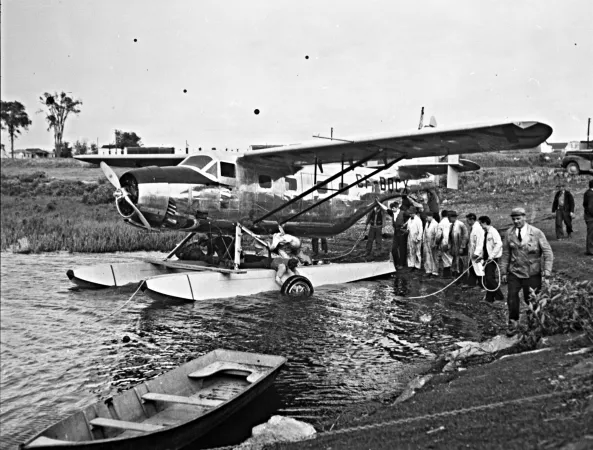

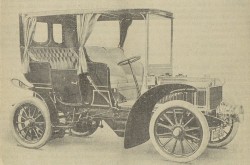

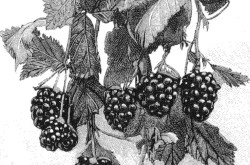
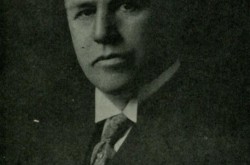
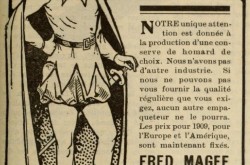
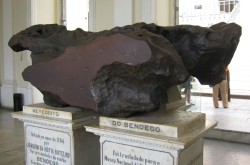
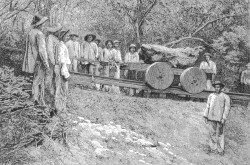
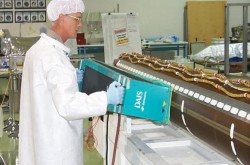
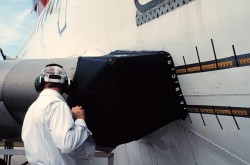
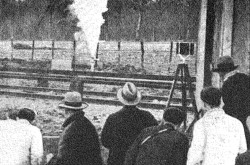
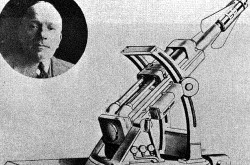
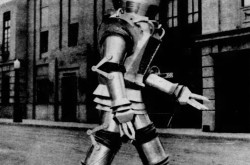

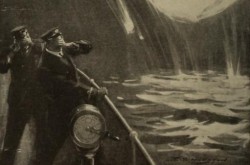
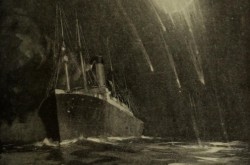
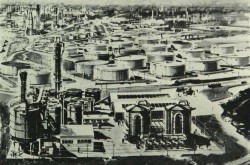
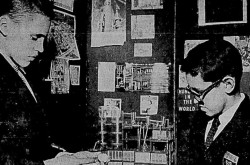
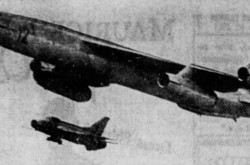
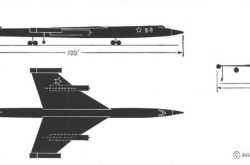
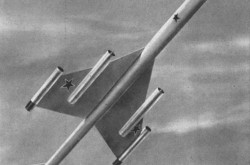
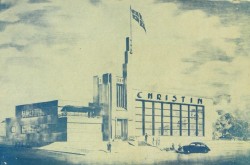
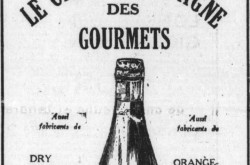
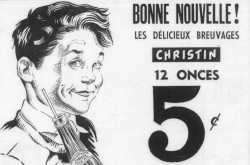
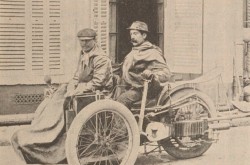
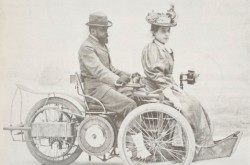
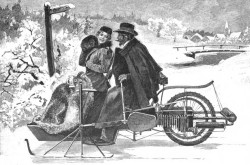
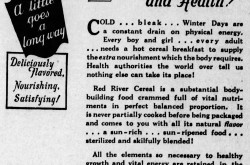
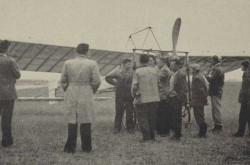
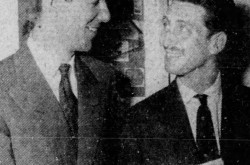
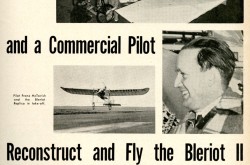
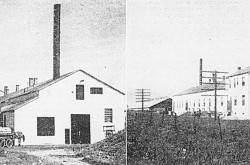
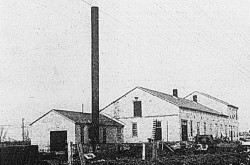
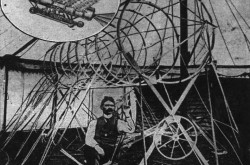
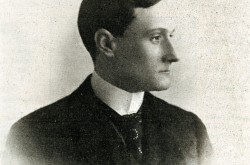
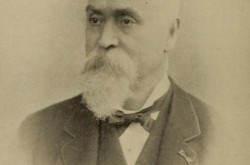
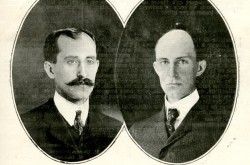
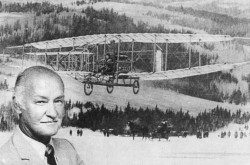
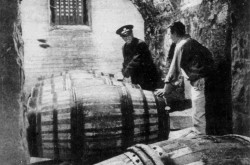
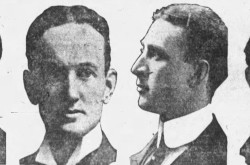
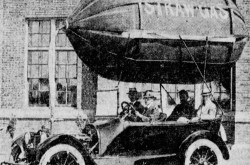
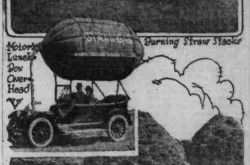
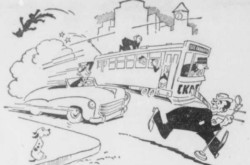
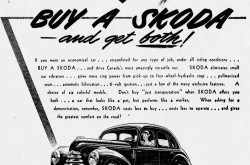
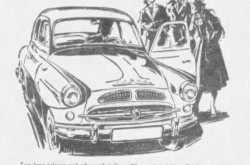
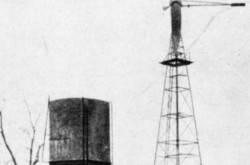
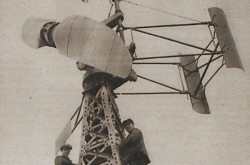
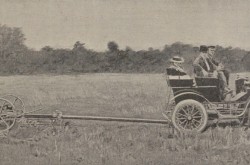
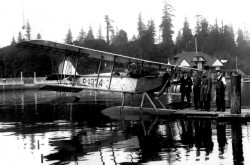
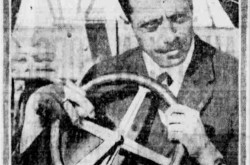
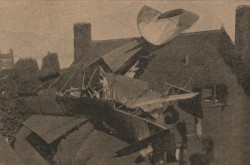
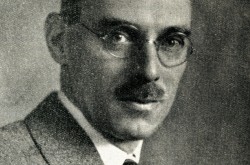
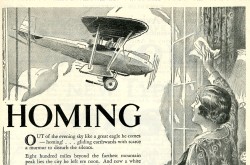
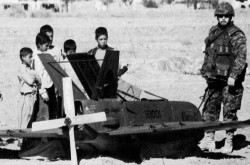
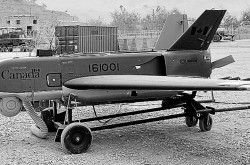
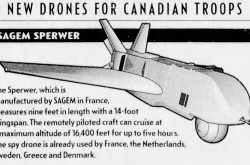
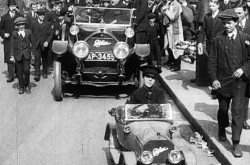
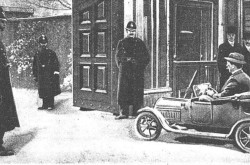
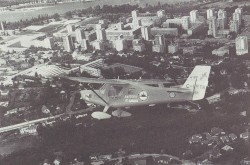
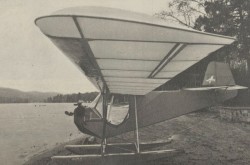
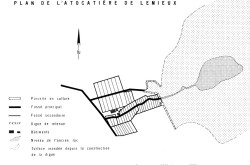
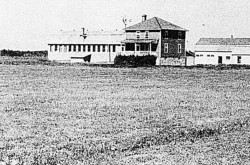
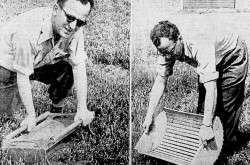
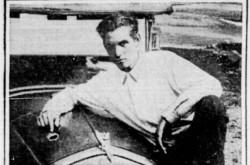
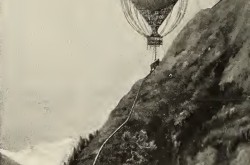
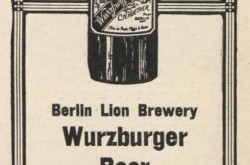
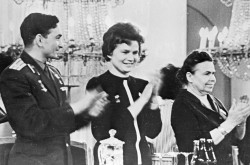
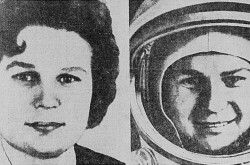
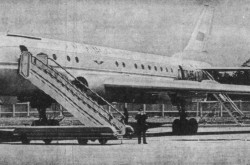
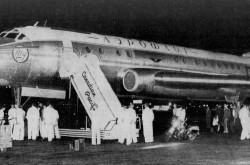
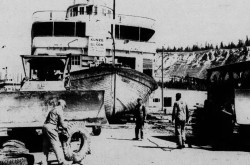
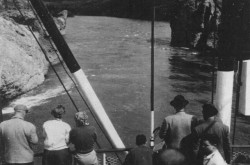
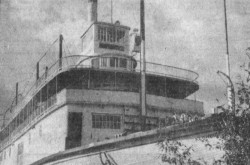
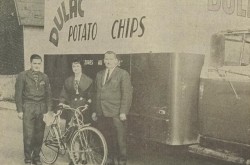
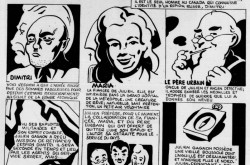
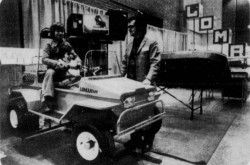
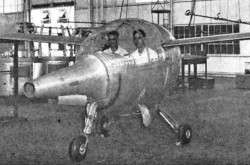
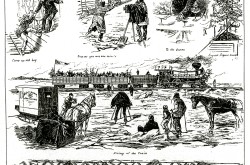
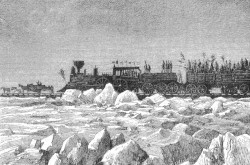
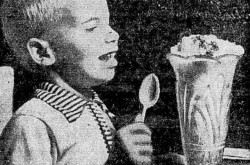
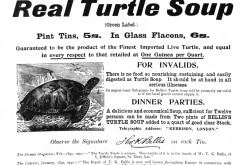
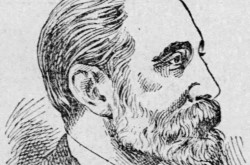
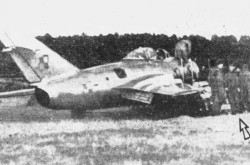
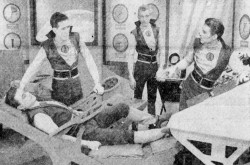
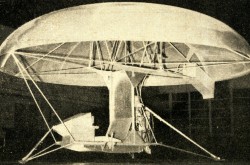
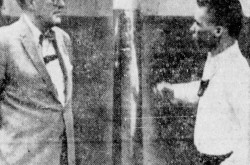
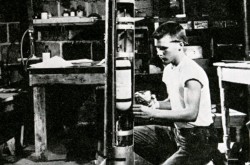
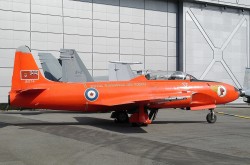
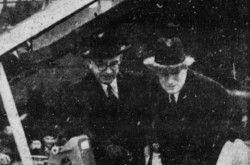
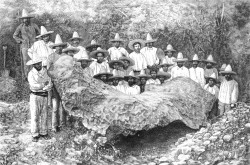
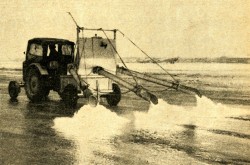
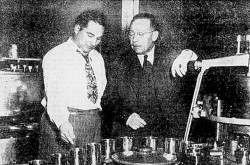
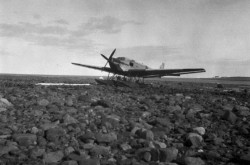
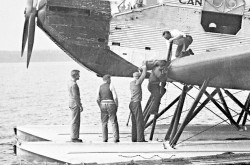
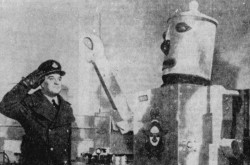
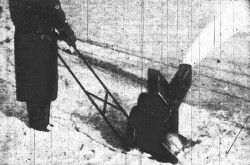
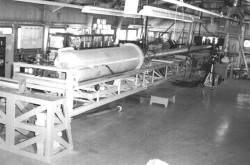
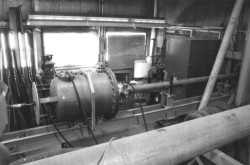
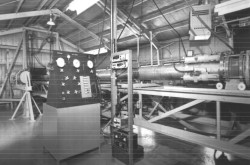
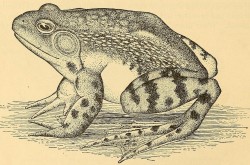
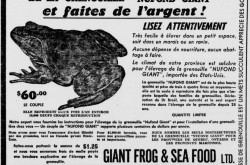
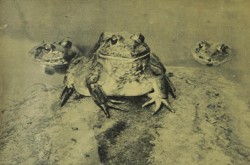
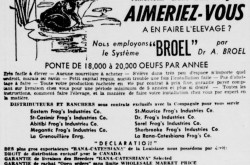
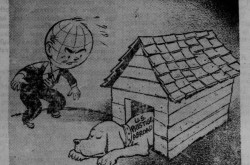
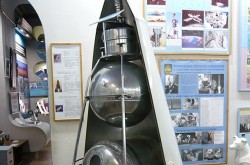
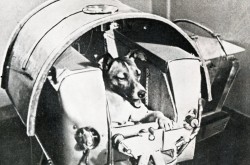
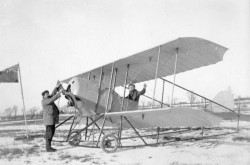
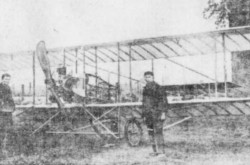
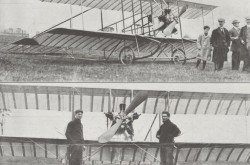
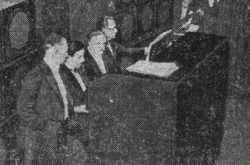
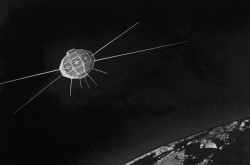
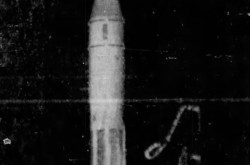
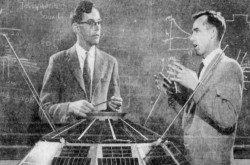
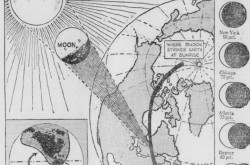
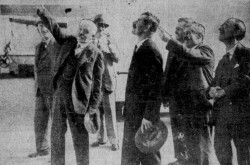
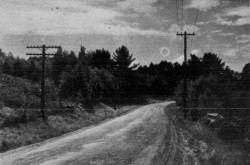
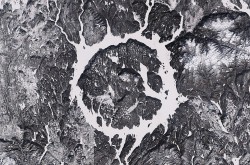
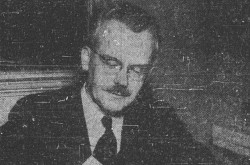
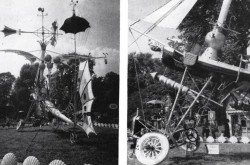
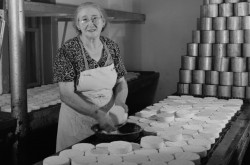
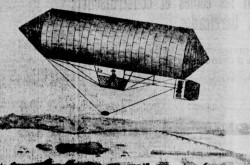
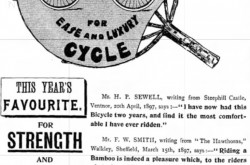
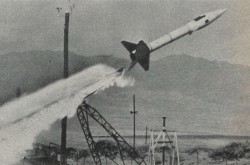
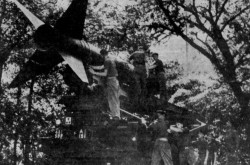
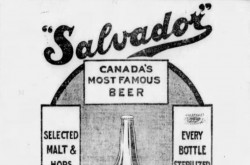
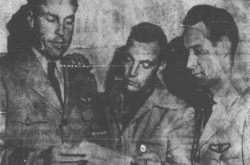
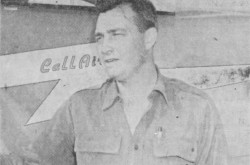
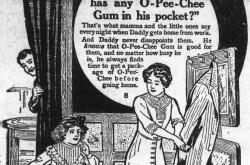
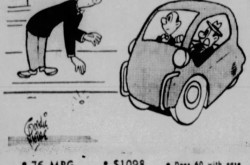
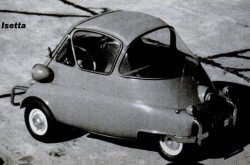
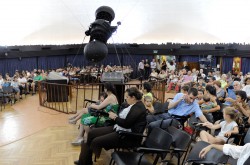
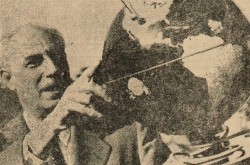
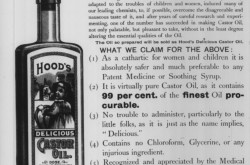
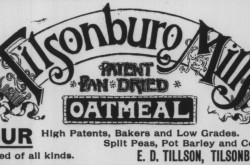
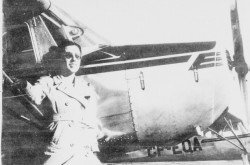
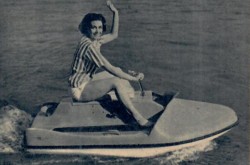

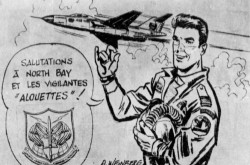
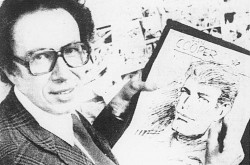
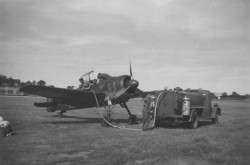
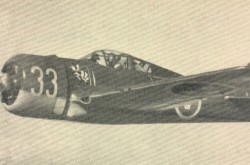
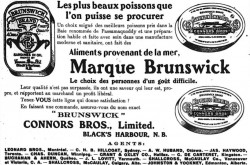
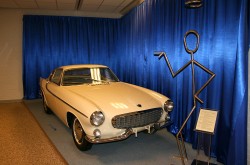
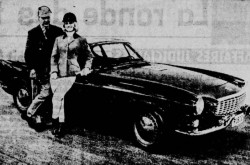
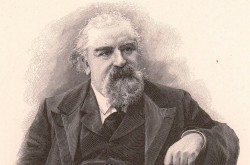
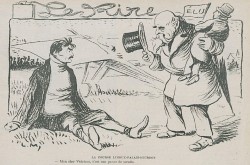
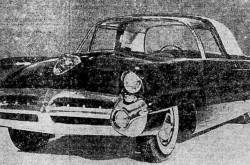
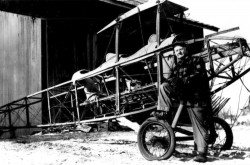
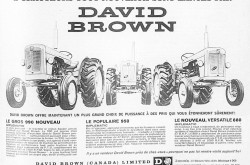
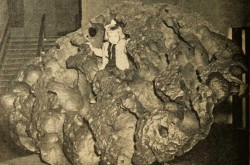
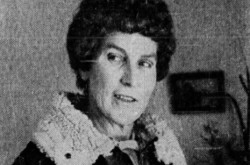
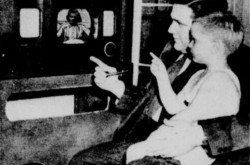
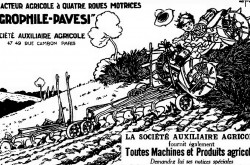
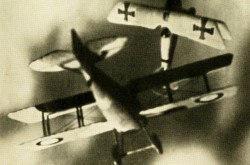
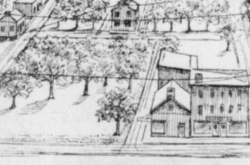
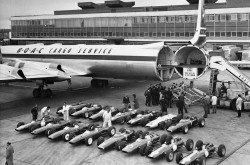
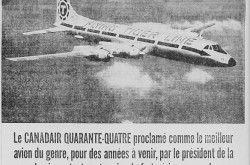
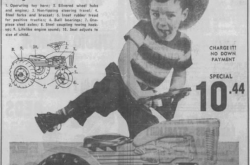
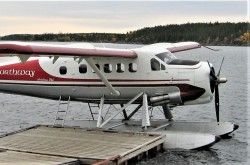
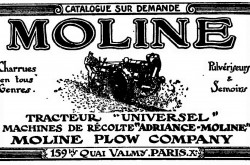
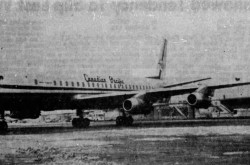
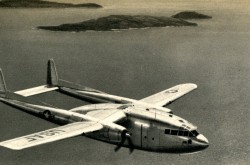
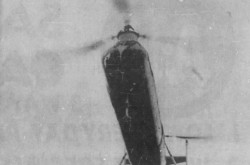
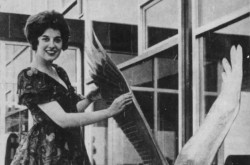
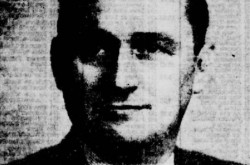
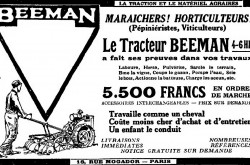
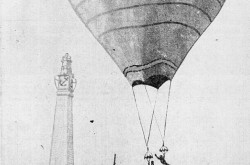
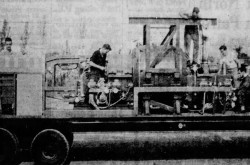
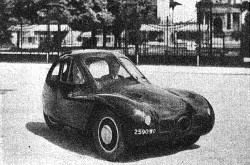
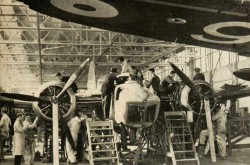
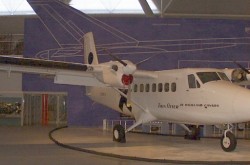
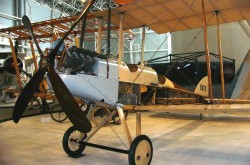
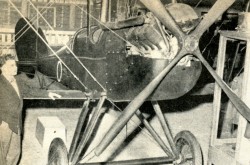
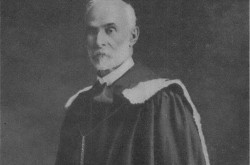
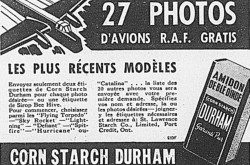
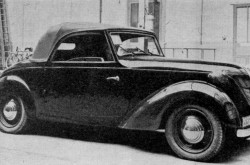
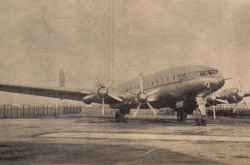
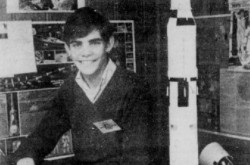
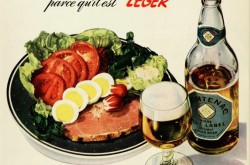
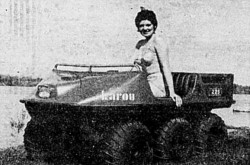
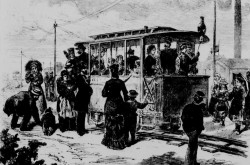
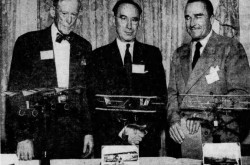
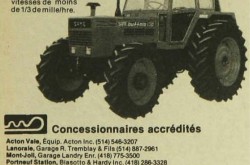
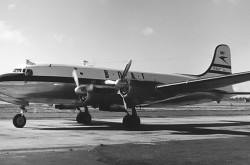
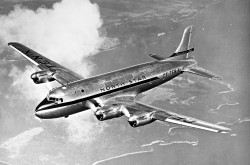
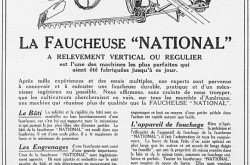
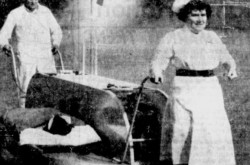
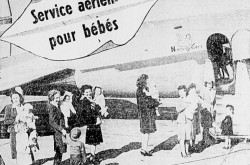
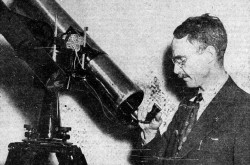
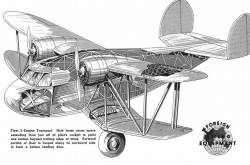
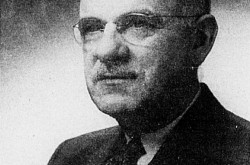
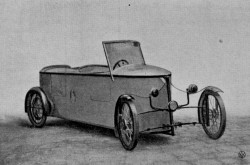
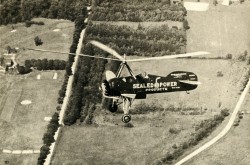
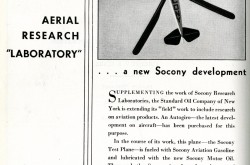
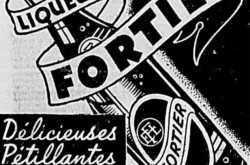
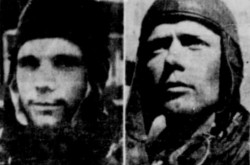
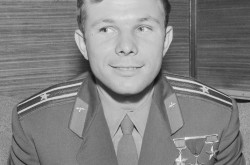
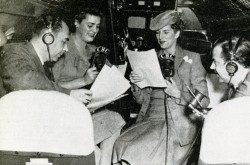
![Peter Müller at the controls [sic] of the Pedroplan, Berlin, Germany, March 1931. Anon., “Cologne contre Marseille – Le mystère du ‘Pédroplan.’ [sic]” Les Ailes, 2 April 1931, 14.](/sites/default/files/styles/thumbnail_7/public/2021-04/Les%20Ailes%202%20avril%201931%20version%20big.jpg?h=eafd0ed4&itok=WnBZ5gMf)
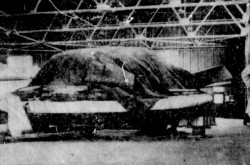
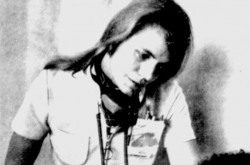
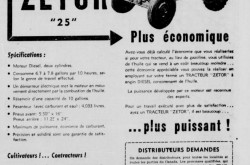
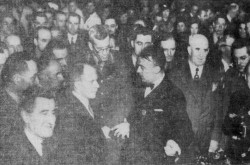
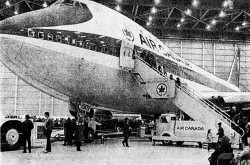
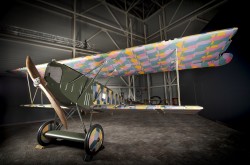
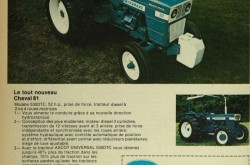
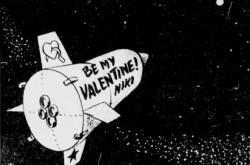
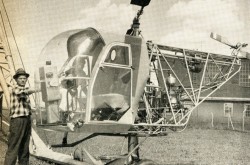
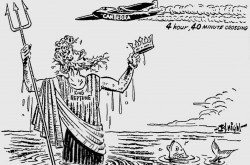
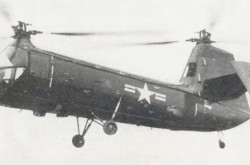
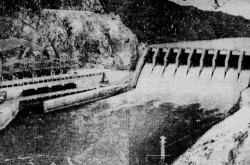
![One of the first de Havilland Canada Chipmunk imported to the United Kingdom. Anon., “De Havilland [Canada] DHC-1 ‘Chipmunk.’” Aviation Magazine, 1 January 1951, cover.](/sites/default/files/styles/thumbnail_7/public/2021-01/Aviation%20magazine%201er%20janvier%201951%20version%202.jpg?h=2f876e0f&itok=DM4JHe5C)
